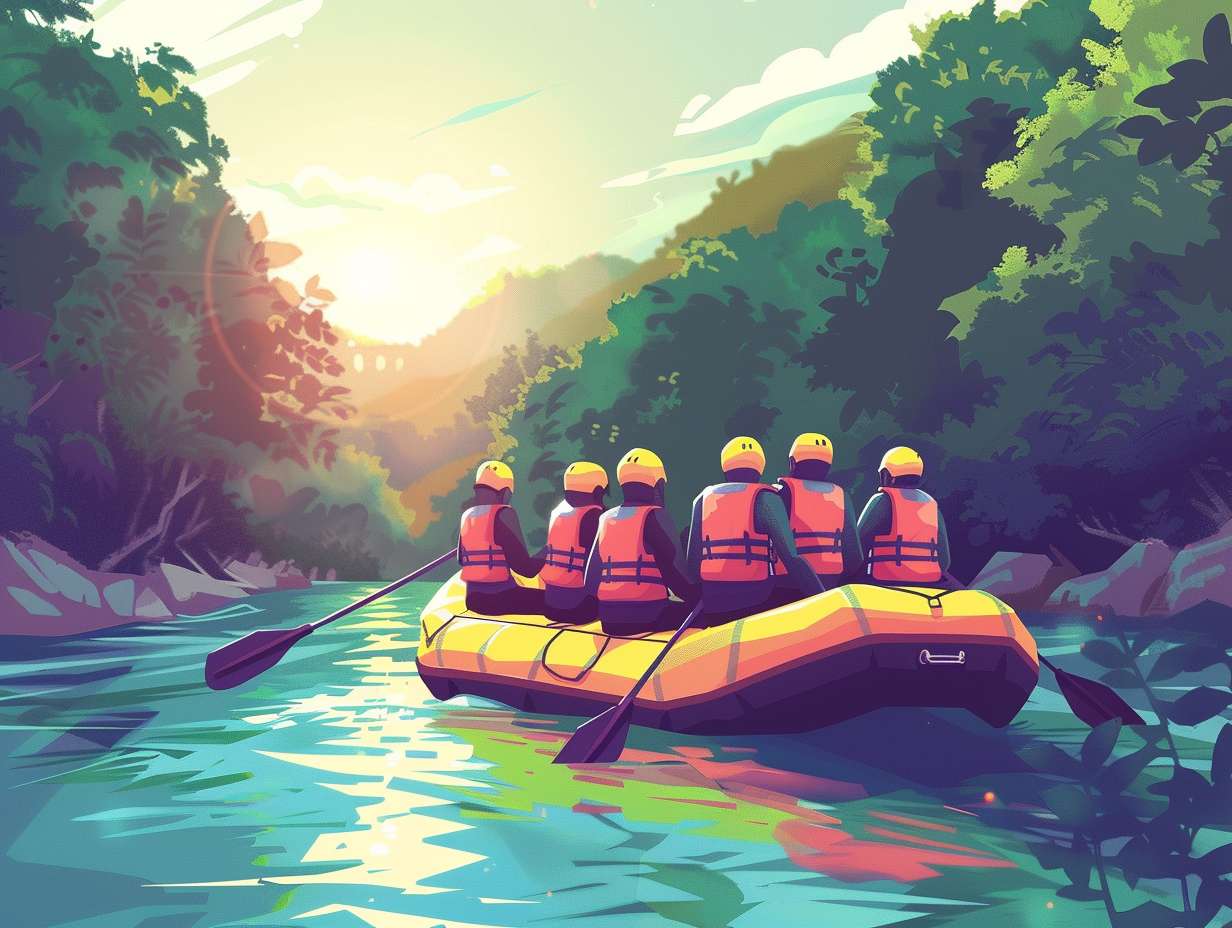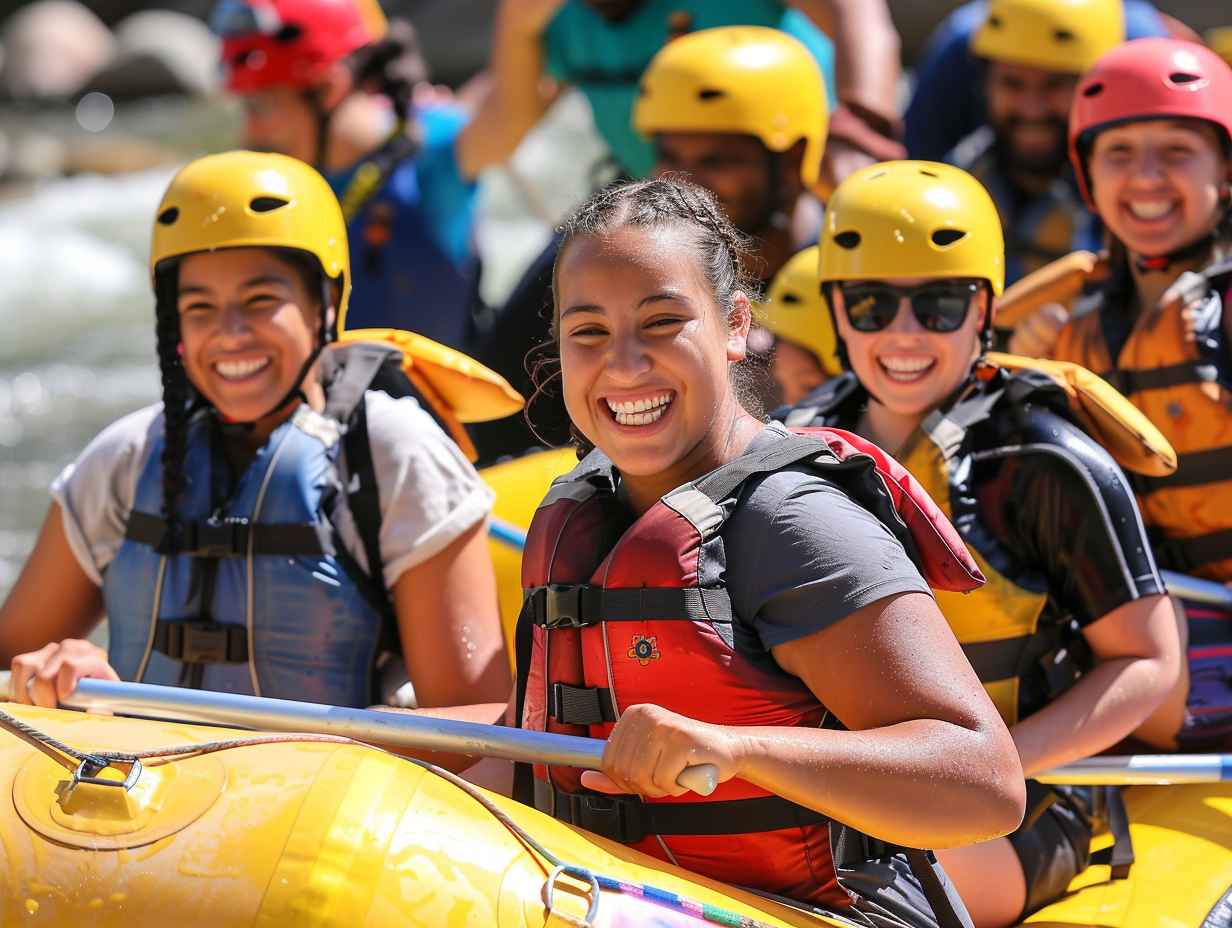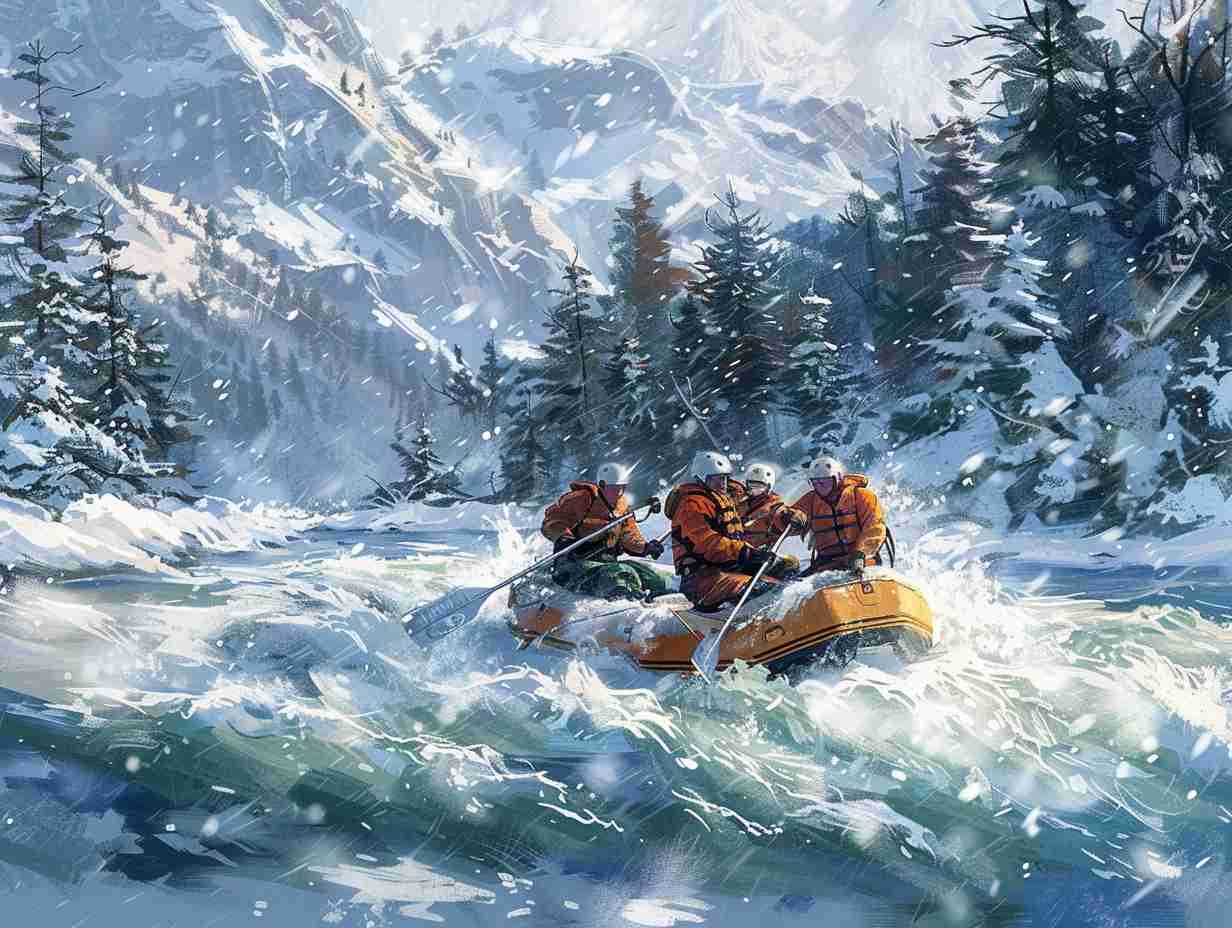
Rafting Guide Certification
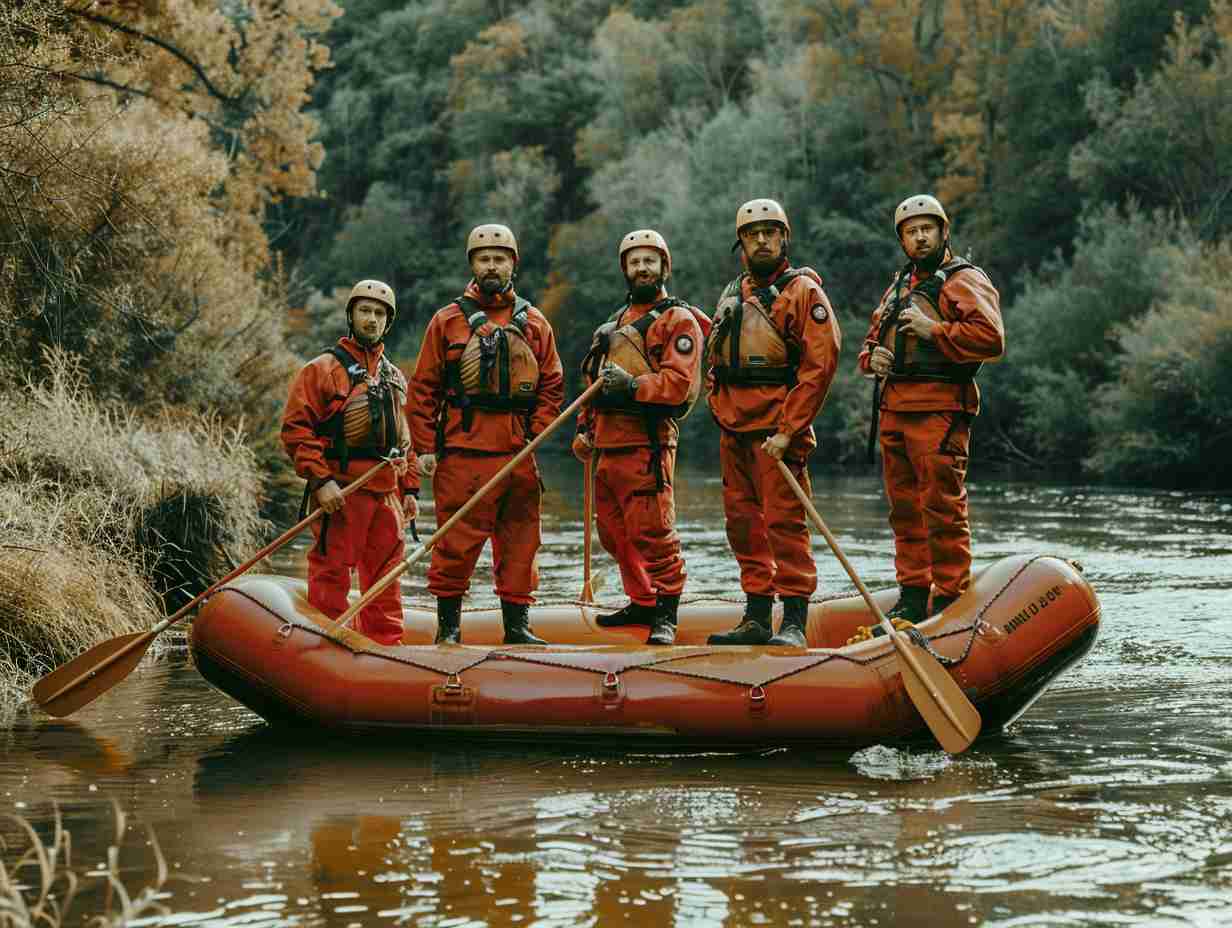
If you’re considering becoming a certified rafting guide, think of certification as the compass to navigate the waters of this thrilling career.
Understanding the ins and outs of obtaining accreditation may seem like a challenging task, but once you grasp the importance of being a certified guide, a world of opportunities opens up to you.
From honing your skills to ensuring the safety of your passengers, this initial step sets the foundation for a successful journey ahead.
But what exactly are the requirements, and how can you kick start this process?
Key Takeaways
- Enhances professionalism and credibility in rafting industry.
- Provides essential skills for safety and expertise.
- Opens doors to more job opportunities.
- Builds trust with clients for satisfaction and referrals.
Benefits of Rafting Guide Certification
Obtaining certification as a rafting guide can greatly enhance your professional skills and credibility in the industry. By becoming certified, you demonstrate to potential employers and clients that you have met specific standards of safety, knowledge, and expertise.
Certification also provides you with the opportunity to learn from experienced professionals and gain valuable insights that can improve your guiding abilities. Additionally, being a certified rafting guide can open doors to more job opportunities, as many companies prioritize hiring guides with formal training.
Clients are more likely to trust and feel comfortable with a certified guide, which can lead to higher customer satisfaction and increased referrals. Overall, investing in rafting guide certification is a worthwhile step towards advancing your career in the exciting world of whitewater rafting.
Certification Requirements
To become certified as a rafting guide, you must meet specific requirements that demonstrate your competence and readiness to lead whitewater rafting trips. These requirements typically include a combination of training hours, first aid and CPR certifications, and passing a written exam. Below is a breakdown of the common certification requirements:
| Certification Requirements | Description | Examples |
|---|---|---|
| Training Hours | Completion of specified hours of training and education | Swiftwater rescue training, river navigation courses |
| First Aid/CPR Certification | Valid certification in first aid and cardiopulmonary resuscitation | Wilderness first aid, CPR for professional rescuers |
| Written Exam | Passing a written exam testing knowledge of rafting safety, techniques, and regulations | Multiple-choice questions, scenario-based assessments |
Meeting these criteria ensures that you are equipped with the necessary skills and knowledge to guarantee the safety and enjoyment of rafting trips.
Training Programs Available
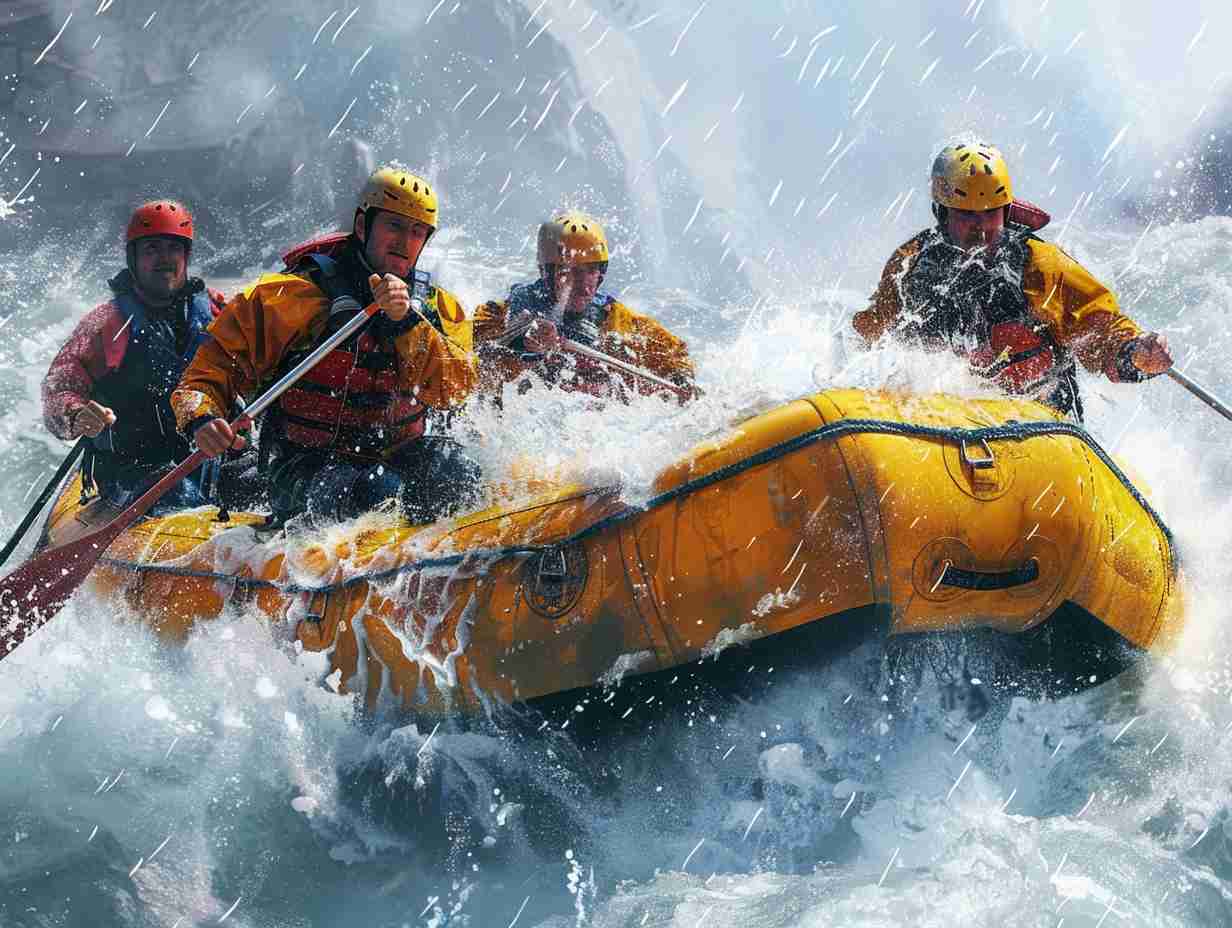
If you’re considering pursuing rafting guide certification, exploring the various training programs available can provide you with valuable insights into enhancing your skills and knowledge in leading whitewater rafting trips. Here are some options to think about:
- Whitewater Rafting Guide School
- Swiftwater Rescue Training
- River Navigation Courses
- First Aid and CPR Certification
- Wilderness First Responder Course
Each of these programs offers unique benefits that can help you become a competent and confident rafting guide. By participating in these training programs, you’ll acquire the necessary skills and knowledge to make sure the safety and enjoyment of both yourself and your future guests on the river.
Importance of Safety Protocols
Considering the training programs available for rafting guide certification, understanding the importance of safety protocols is paramount for ensuring the well-being of all participants on whitewater rafting trips.
Safety protocols are designed to minimize risks and handle emergencies effectively. Implementing proper safety measures, such as wearing life jackets, helmets, and knowing rescue techniques, can guarantee accidents and ensure a safe experience for everyone involved.
Regular safety briefings before each trip help participants understand the potential risks and how to respond in various situations. By following safety protocols diligently, rafting guides can create a secure environment that allows participants to enjoy the thrill of rafting while feeling protected and cared for throughout the journey.
Career Opportunities in Rafting
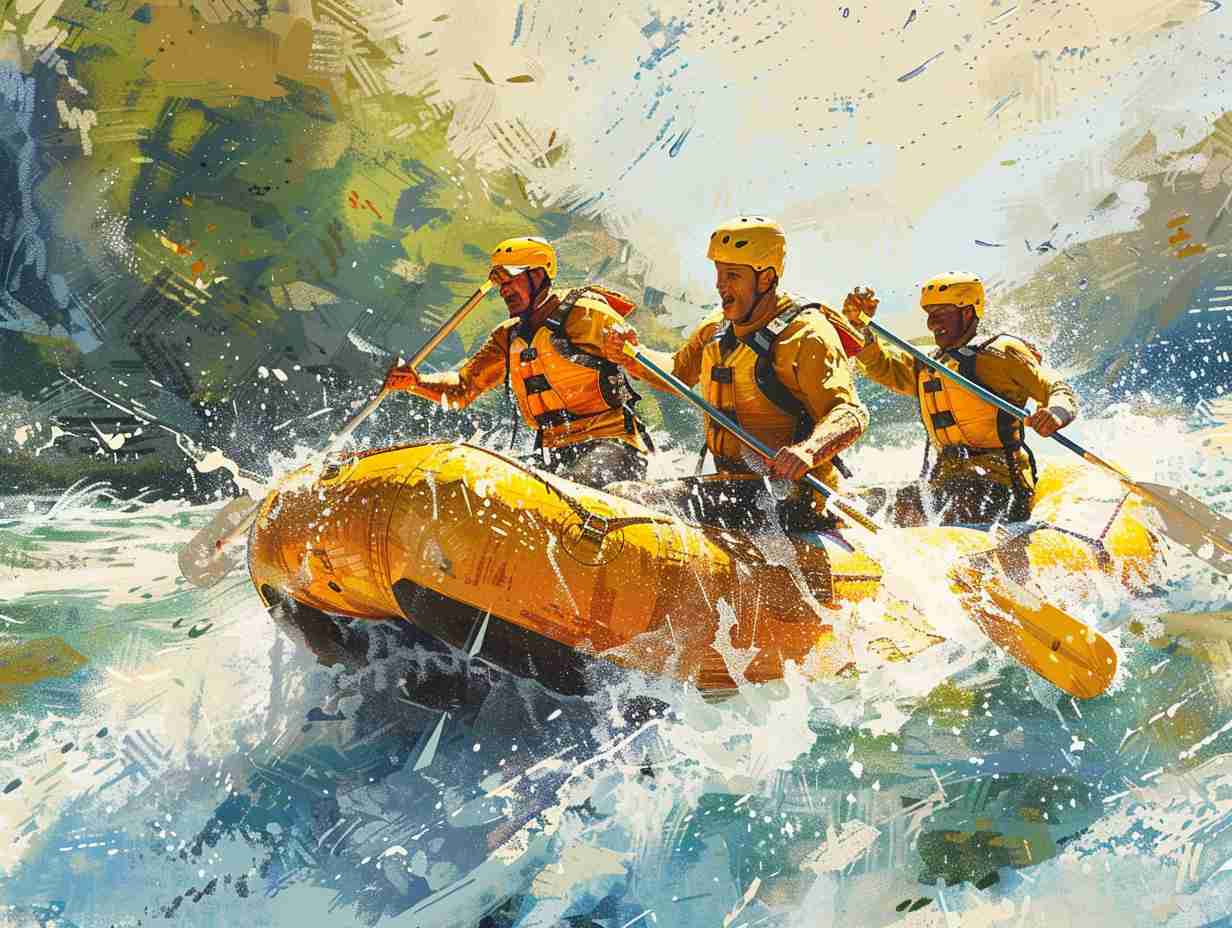
Exploring career opportunities in rafting can lead you to exciting professions in the outdoor adventure industry. Whether you’re a thrill-seeker looking for an adrenaline-packed job or someone passionate about nature and water sports, the rafting industry offers a variety of rewarding paths for you.
Here are some enticing options to contemplate:
- Rafting Guide: Lead exciting trips down thrilling rapids.
- River Safety Instructor: Teach others how to navigate rivers safely.
- Adventure Tour Operator: Create and organize unforgettable rafting experiences.
- Outdoor Gear Sales Representative: Work with top outdoor brands to supply gear for rafting trips.
- River Conservationist: Protect and preserve rivers while promoting responsible rafting practices.
Frequently Asked Questions
How Long Does It Typically Take to Complete a Rafting Guide Certification Program?
Typically, completing a rafting guide certification program can take a few weeks to a few months depending on the program’s intensity and your commitment. It involves learning various skills and safety protocols.
Can Individuals With Physical Disabilities Become Certified Rafting Guides?
Absolutely! People with physical disabilities can definitely become certified rafting guides. Many organizations and programs are dedicated to providing opportunities for individuals with disabilities to pursue their passion for rafting and guiding.
Are There Any Age Restrictions for Obtaining a Rafting Guide Certification?
You can obtain a rafting guide certification at any age, as long as you meet the required qualifications and pass the necessary training. Age restrictions are not typically a barrier to becoming a certified rafting guide.
What Are the Common Challenges Faced During the Certification Process?
Exploring the certification process can be challenging. Make sure you study well, practice consistently, and overcome fears of water or heights. Stay determined, seek guidance, and push through any obstacles that come your way.
Is It Possible to Transfer a Rafting Guide Certification to Different Locations or Countries?
Yes, it is possible to transfer a rafting guide certification to different locations or countries. Check with the relevant authorities or certification bodies for specific requirements and procedures. Make sure you meet all criteria for a successful transfer.
Conclusion
To wrap up, acquiring your rafting guide certification can unlock a realm of opportunities in the exciting industry of whitewater rafting.
With appropriate training and certification, you can guarantee the safety of both yourself and your passengers while steering through the rapids.
Don’t overlook the opportunity to turn your passion for adventure into a fulfilling career.
So grab your paddle, hit the water, and start making waves in the rafting world!
More information about Rafting Guide Certification
Affiliate information declaration: We may earn revenue from the products referred on this page and participate in affiliate programs.
